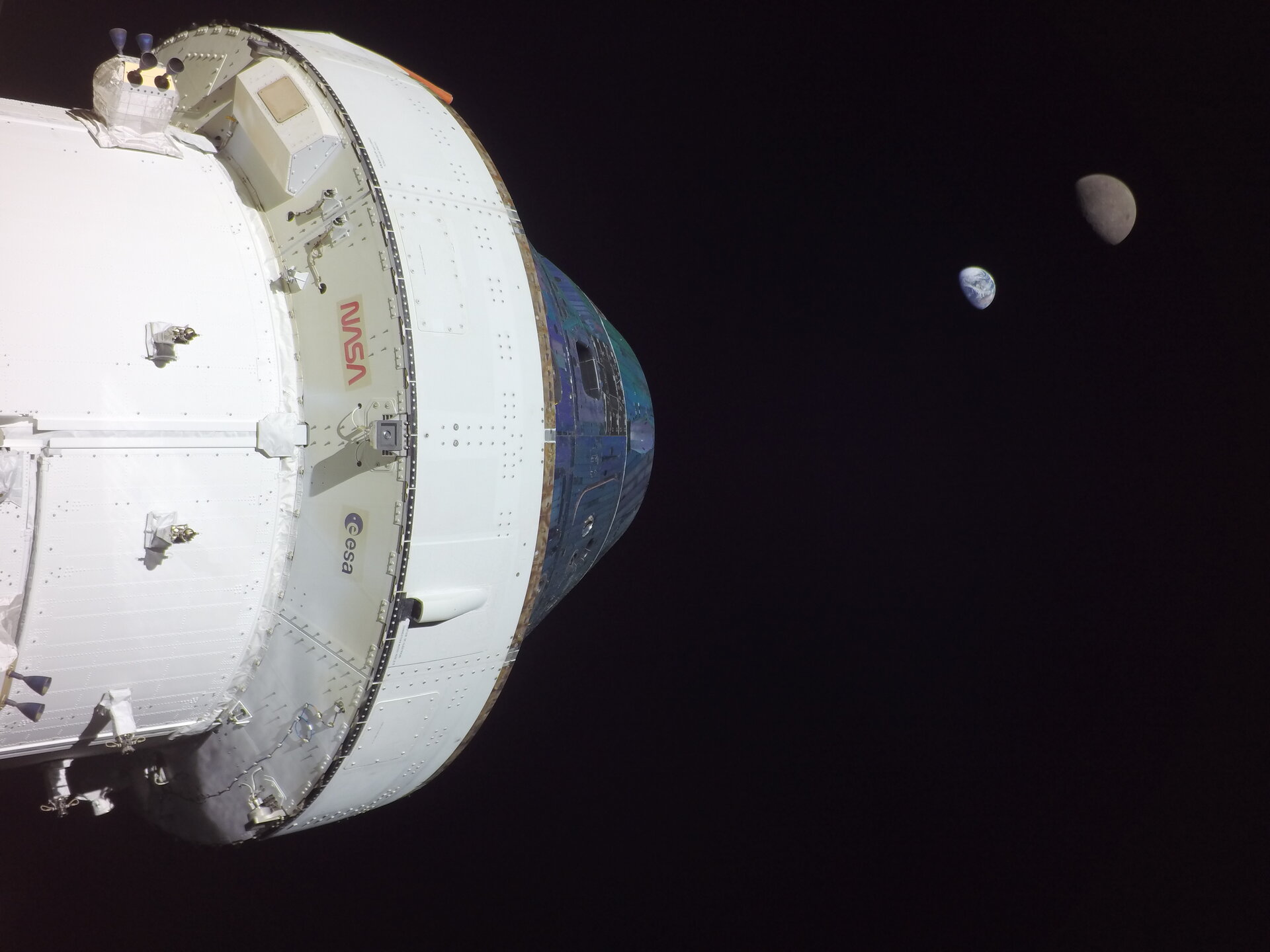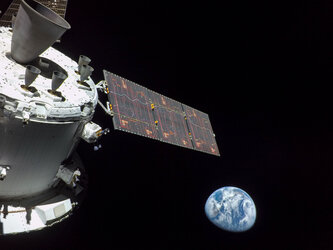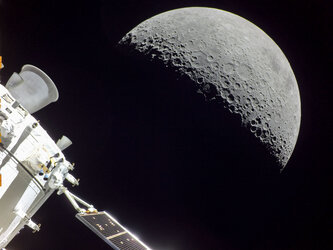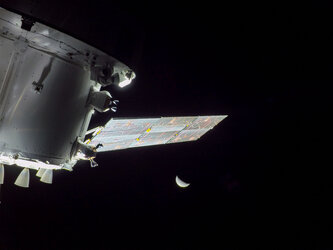Accept all cookies Accept only essential cookies See our Cookie Notice

About ESA
The European Space Agency (ESA) is Europe’s gateway to space. Its mission is to shape the development of Europe’s space capability and ensure that investment in space continues to deliver benefits to the citizens of Europe and the world.
Highlights
ESA - United space in Europe
This is ESA ESA facts Member States & Cooperating States Funding Director General Top management For Member State Delegations European vision European Space Policy ESA & EU Space Councils Responsibility & Sustainability Annual Report Calendar of meetings Corporate newsEstablishments & sites
ESA Headquarters ESA ESTEC ESA ESOC ESA ESRIN ESA EAC ESA ESAC Europe's Spaceport ESA ESEC ESA ECSAT Brussels Office Washington OfficeWorking with ESA
Business with ESA ESA Commercialisation Gateway Law at ESA Careers Cyber resilience at ESA IT at ESA Newsroom Partnerships Merchandising Licence Education Open Space Innovation Platform Integrity and Reporting Administrative Tribunal Health and SafetyMore about ESA
History ESA Historical Archives Exhibitions Publications Art & Culture ESA Merchandise Kids Diversity ESA Brand Centre ESA ChampionsLatest
Space in Member States
Find out more about space activities in our 23 Member States, and understand how ESA works together with their national agencies, institutions and organisations.
Science & Exploration
Exploring our Solar System and unlocking the secrets of the Universe
Go to topicAstronauts
Missions
Juice Euclid Webb Solar Orbiter BepiColombo Gaia ExoMars Cheops Exoplanet missions More missionsActivities
International Space Station Orion service module Gateway Concordia Caves & Pangaea BenefitsLatest
Space Safety
Protecting life and infrastructure on Earth and in orbit
Go to topicAsteroids
Asteroids and Planetary Defence Asteroid danger explained Flyeye telescope: asteroid detection Hera mission: asteroid deflection Near-Earth Object Coordination CentreSpace junk
About space debris Space debris by the numbers Space Environment Report In space refuelling, refurbishing and removingSafety from space
Clean Space ecodesign Zero Debris Technologies Space for Earth Supporting Sustainable DevelopmentApplications
Using space to benefit citizens and meet future challenges on Earth
Go to topicObserving the Earth
Observing the Earth Future EO Copernicus Meteorology Space for our climate Satellite missionsCommercialisation
ESA Commercialisation Gateway Open Space Innovation Platform Business Incubation ESA Space SolutionsLatest
Enabling & Support
Making space accessible and developing the technologies for the future
Go to topicBuilding missions
Space Engineering and Technology Test centre Laboratories Concurrent Design Facility Preparing for the future Shaping the Future Discovery and Preparation Advanced Concepts TeamSpace transportation
Space Transportation Ariane Vega Space Rider Future space transportation Boost! Europe's Spaceport Launches from Europe's Spaceport from 2012Latest

European Service Module, Orion, Moon, Earth
Thank you for liking
You have already liked this page, you can only like it once!
View of ESA's European Service Module that is powering NASA's Orion spacecraft, pointing at our planet and the Moon, taken on the 13th day of flight for the Artemis I mission at 22:06 CET (21:06 GMT), 28 November 2022. It shows Orion and the European Service Module halfway through the Artemis I mission near its maximum distance from Earth, at 432210 km from our home planet and over 64 000 km from the Moon. Seen from the spacecraft our planet had just passed behind the Moon when this photo was taken, as Orion was in lunar orbit.
This picture was presented to French President Emmanuel Macron during his visit to NASA’s headquarters in Washington D.C., USA, on 30 November.
Cameras placed at the end of Orion’s four European-built solar array wings are recording the Artemis mission as engineers test the uncrewed Orion spacecraft’s capabilities, preparing for missions with astronauts to the Moon.
After its launch on November 16, Orion has circled the Moon on its 25-day Artemis I mission. Orion was launched by the NASA Space Launch System rocket at 7:47 CET (06:47 GMT) from launchpad 39B at NASA’s Kennedy Space Center in Florida, USA.ac
The European Service Module is powering Orion, providing propulsion, temperature control, electricity as well as storage and delivery for essential supplies such as fuel, water and air. The uncrewed mission to learn as much as possible about Orion and its European Service Module’s performance. The primary objectives are to demonstrate Orion’s heat shield on reentry, demonstrate operations and facilities during all mission phases, and retrieve the spacecraft after splashdown.
-
CREDIT
NASA -
LICENCE
ESA Standard Licence

Orion, European Service Module and Earth during Artemis I

European Service Module and a distant Moon

European Service Module flies by the Moon

European Service Module solar panels and Moon















 Germany
Germany
 Austria
Austria
 Belgium
Belgium
 Denmark
Denmark
 Spain
Spain
 Estonia
Estonia
 Finland
Finland
 France
France
 Greece
Greece
 Hungary
Hungary
 Ireland
Ireland
 Italy
Italy
 Luxembourg
Luxembourg
 Norway
Norway
 The Netherlands
The Netherlands
 Poland
Poland
 Portugal
Portugal
 Czechia
Czechia
 Romania
Romania
 United Kingdom
United Kingdom
 Slovenia
Slovenia
 Sweden
Sweden
 Switzerland
Switzerland

























